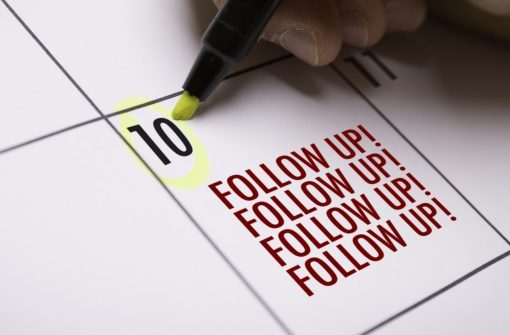
The First Paragraph of Your Press Release – How to Reel Them In and Make Them Care
The first paragraph of your press release may be the most important four sentences of the entire release. It, combined with your headline, is called the lede (which is also often spelled “lead”). The lede is the introductory section of a news story that is intended to entice the reader to read the full story.
It’s supposed to attract attention and turn browsers and scanners into readers. As you can imagine, as busy as people are today and as short as our attention spans seem to be, this is no easy job. So how do you make people stop and pay attention? How do you make them care about what’s in your press release?
Identify Your Hook – What makes the story newsworthy? Why should people care and what does your news have to do with them? Your hook can be emotional, trendy, controversial, or timely. It should provide some level of benefit to your reader to make them care.
Don’t Hold Back – Include all of your most important information in the first paragraph of your release. Don’t keep tidbits of information reserved to try to lead your reader through the piece. Make them care first, and then use the remainder of your release to back up your information and make it stronger. Your first paragraph should answer the five w’s; who, what, where, when and most importantly why. Why should your reader care?
Be Brief – Yes, you have a lot of information to include in the first paragraph but you don’t have an abundance of room to work with. Your first paragraph should be between three and five sentences long. Be succinct. You have five sentences and five w’s to work with.
Be Unique – Look for an angle that hasn’t been done before. One option is to connect your news with a timely topic like a season or holiday. You might take a regional angle and consider how certain demographics or geographic regions might relate to your news. Explore options to make your news more interesting to your audience and to journalists.
Work Your Headline – There are commonalities amongst effective headlines. They tend to ask questions, pique curiosity, spark emotions, or make a promise. For example, “New Free E-Course Reveals How to Market Effectively At Little to No Cost.” This headline clearly makes a promise to the reader.
If you’re feeling anxious about writing great headlines and an attention grabbing first paragraph, start reading more press releases. You’ll be able to quickly identify what works, and what doesn’t. Use that knowledge to put your own writing skills to the test. And always track your press release results to learn what your particular audience responds to and what type of headline and lede they prefer.











